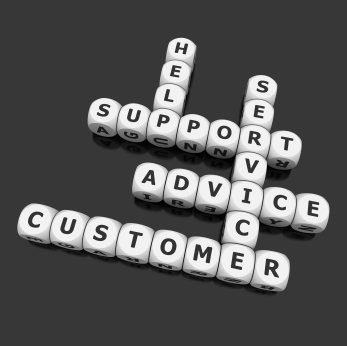It’s amazing how often I hear the same misconceptions and misunderstandings from prospects we talk to, clients we work with, or others when discussing Internet marketing. While businesses have become more savvy with respect to the web, some still have much to learn.Â
The following are five of the most frequent Internet marketing myths that I come across:
It’s really about the latest and greatest trend. While technology continues to amaze, some things don’t change. Content is still king and in order to engage you have to provide something of value. The printing press probably wouldn’t have had such an impact initially if Gutenberg had decided to print a book of mutton stew recipes instead of the Bible. In the end, technology can’t overcome bad design, poor strategy, inferior quality, or terrible customer service.Â
I can handle email subscribers in the same was as my direct mail list. Direct mailers sometimes have a difficult time understanding the repercussions of emailing to subscribers too frequently or to those who didn’t provide clear permission. Junk mail delivered by the United States Post Office, at worst, ends-up in the recycling bin, while unwanted email triggers spam complaints which in turn tarnishes your email reputation and makes it more difficult to get your communications to those who really want it. Just because it only costs fractions of a penny to send an email to an email address doesn’t mean that you should.
I’ve implemented XYZ analytics application so I have done all that I need.  Implementing a service like Omniture Site Catalyst or Google Analytics is a great start, but it is just a start.  Companies need to ensure that they have trained staff dedicated to analyzing the information provided by tools like Site Catalyst. These applications have many wonderful reports but the ‘canned’ reports won’t tell you everything in you need (often they only provide a small portion), and you have to have skilled people focused on analyzing the data in order to gain the insights needed to improve results.
SEO is free – I can just have someone already on staff handle it. There are companies that handle search engine optimization in-house and are very successful. But those companies will be the first to acknowledge that it’s not free. SEO is still such an art and science that you need to dedicate real resources to truly understand how to succeed. Also, because the rules are continually evolving, a considerable effort needs to be made to stay current and that takes time and commitment. Companies who think they can buy a book and task someone without search marketing experience to handle SEO in her ‘spare time’ soon discover that approach is a recipe for failure.
I control the conversation.  Companies can foster, facilitate, participate, and even impact the conversation but they can’t control what is being said about their organization. Customers are having conversations about organizations and their products and services on Facebook, Twitter, You Tube, blogs, Amazon (product reviews), etc. There is nothing that a company do to stop it and attempts to only backfire. Organizations must stop worrying about control and learn how to participate.
What Internet marketing myths would you add?
 very enticing. They can boost sales, break-through the clutter, and stimulate trial from new customers. Used correctly, they are a valuable tool for a marketer.
very enticing. They can boost sales, break-through the clutter, and stimulate trial from new customers. Used correctly, they are a valuable tool for a marketer.
